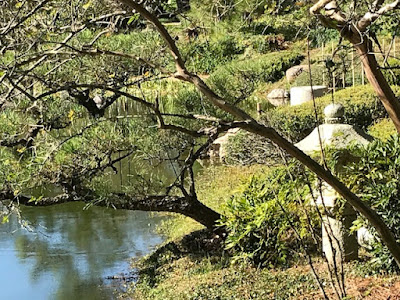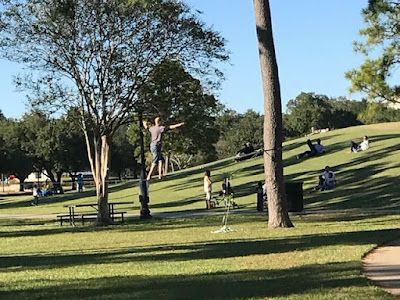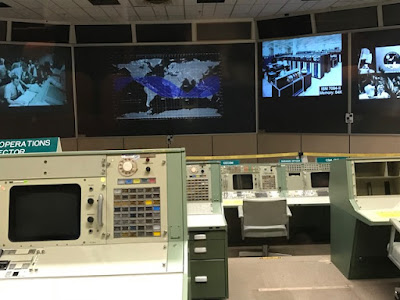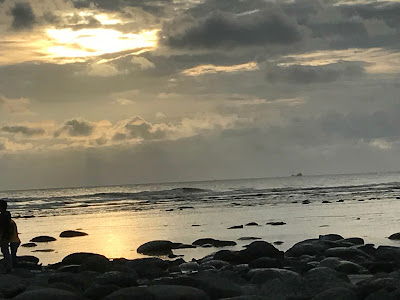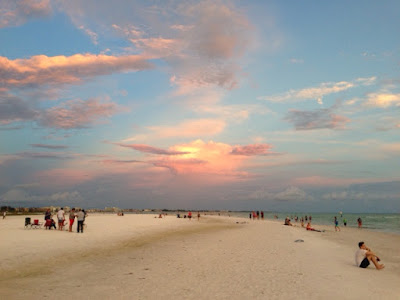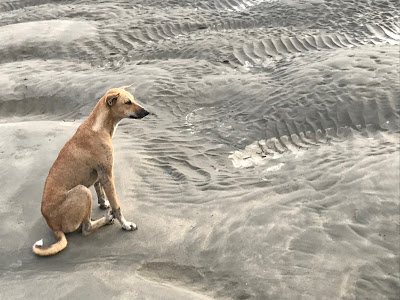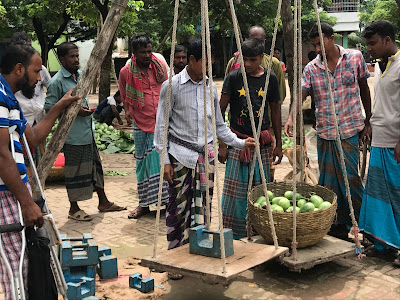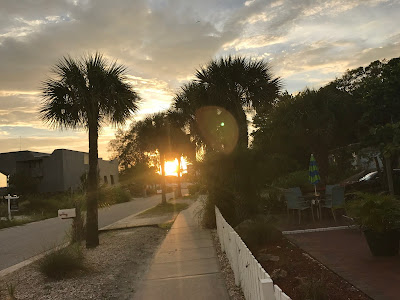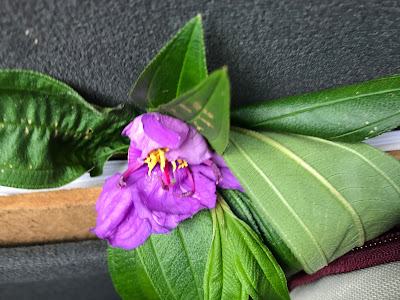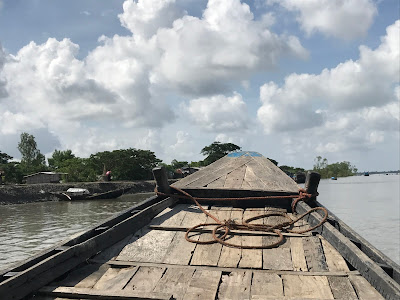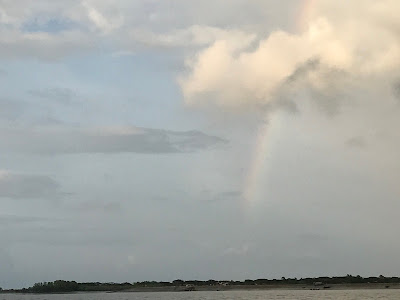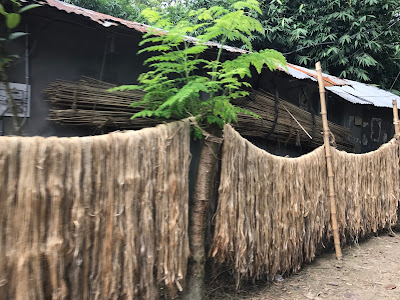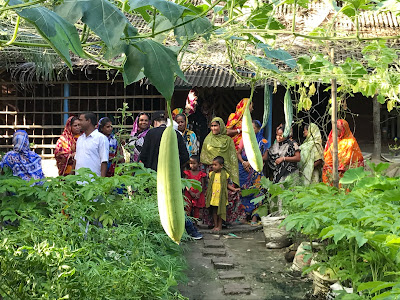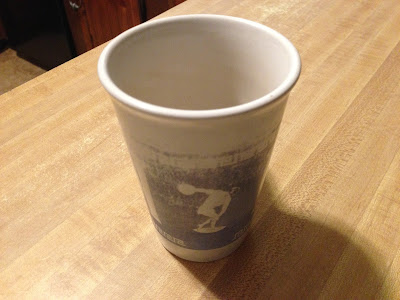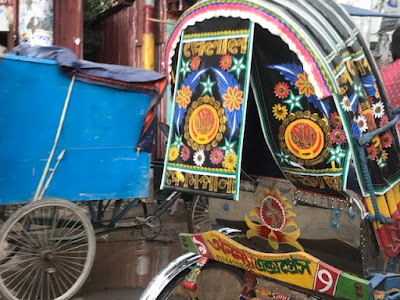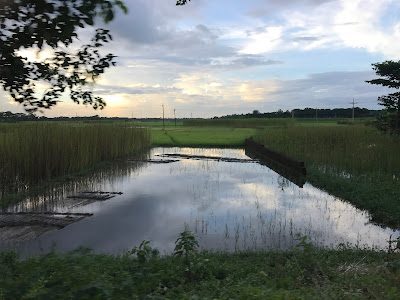Houston Delivers
To riff for a moment on a city defined by a sentence amplified by a movie— “Houston, we have a problem” — let me just say Houston had far fewer problems than I expected to see.
While there was evidence of Hurricane Harvey — a boarded-up motel and piles of refuse in neighborhoods (the latter viewed by other wedding-goers, not me) — the city, on the whole, glittered and gleamed.
From the Johnson Space Center to the funky soul food breakfast joint my sister-in-law found to a host of museums on everything from medicine to bicycles — Houston delivered.
The best part was walking through the parks, past fountains and waving pink grasses and through the studied stillness of the Japanese garden. Dogs and families, girls in ballgowns for their quinceaneras, even a tightrope-walker — everyone out to savor the cool breeze and sparkling low-humidity day.
